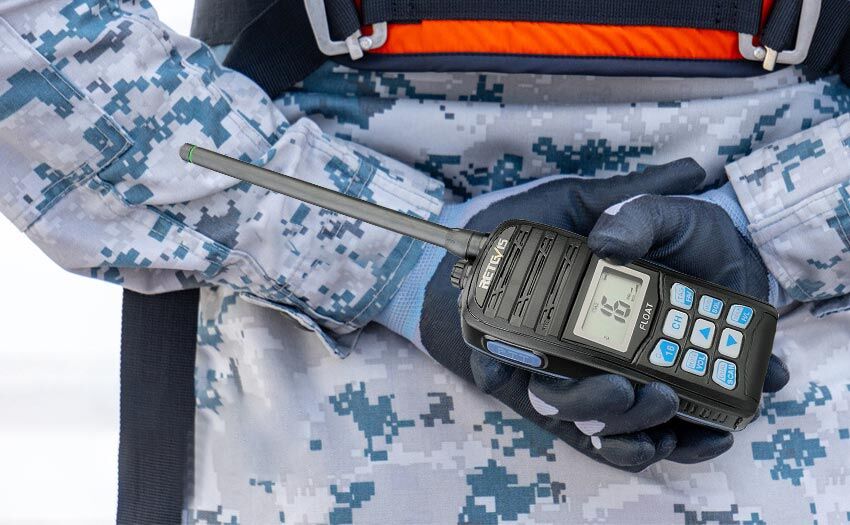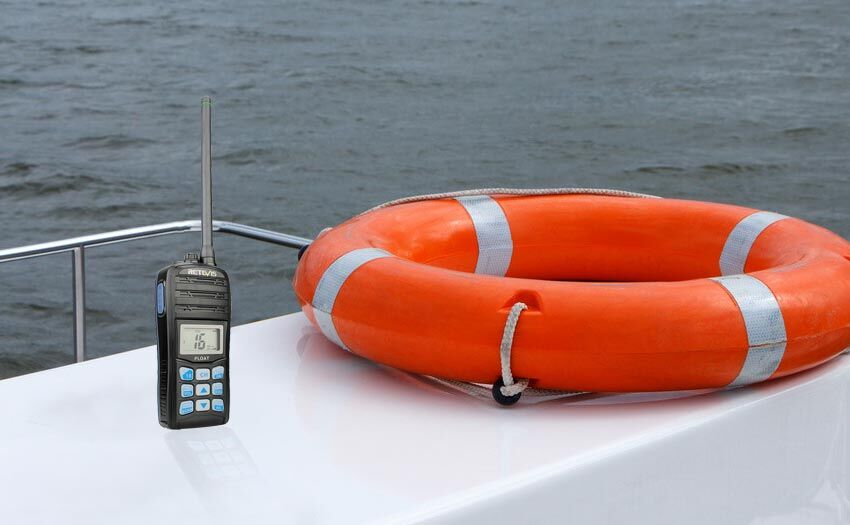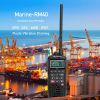How much Range can you get with marine radio

Many customers ask about the range (distance) over which radio can communicate. It is the most popular question, with the hardest answer.
Radio travels as waves… similar to light, and like light, it can be reflected, reduced, or even stopped by other objects. A popular answer is 'line of sight’ which essentially means 'if you can see it, you can talk to it'.

This is generally a good guide. You must remember that the radio signal comes from the radio aerial (not the radio itself) and therefore mounting the antenna higher allows the radio to 'see' further.
The same rules apply for receiving a signal, although some base station aerials are also mounted on very high masts. This is another influencing factor.
As a stronger, more powerful light can be seen from further away, the same applies to radio. Radio power is measured in watts and the higher the power the further the range, but it's not quite that simple.

Even very low power can give some range, subject to conditions. Power can be used to improve the quality of the signal and to overcome some obstacles. Remember, more power out means more power in,
giving shorter battery life for handhelds or non-recharging batteries. Always start with the lowest power setting and work up. All fixed sets have at least two power settings, 5 watts, and 25 watts.
Handhelds have various power levels, Reteivs models are typically 1 watt to 5 watts as standard. Because VHF travels in straight lines, like light, as you travel away from land the curvature of the earth prevents
the signal from reaching you. This happens between 35 and 50 miles offshore and if you still need to communicate over that distance you need to look for some other way of achieving this, ie., by using HF (SSB) radio.






